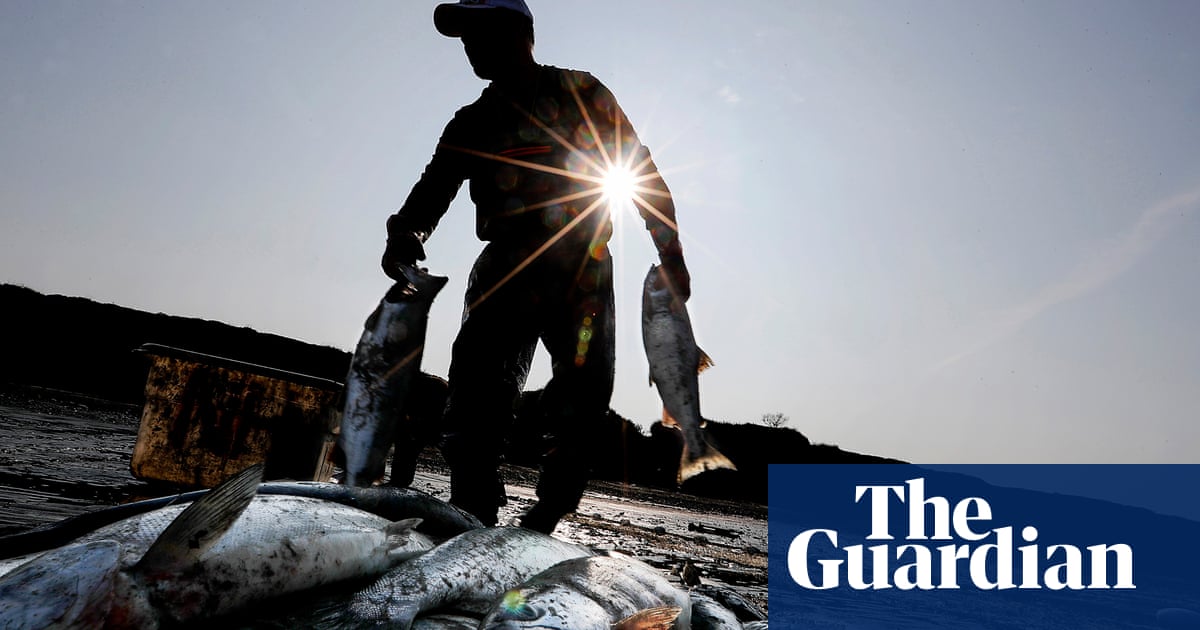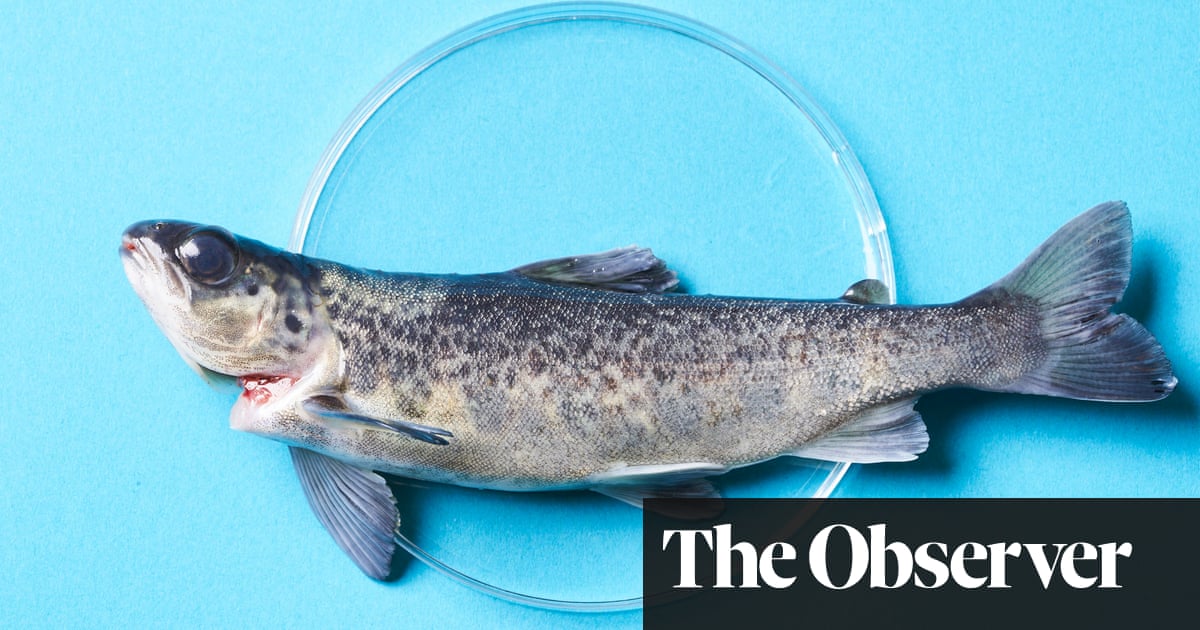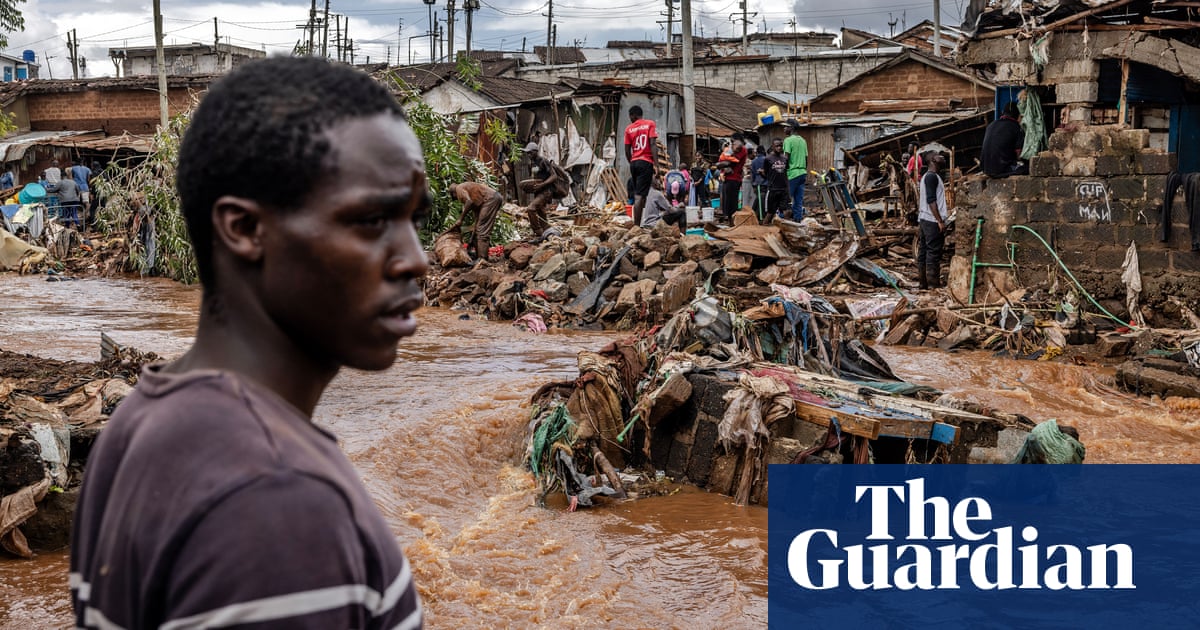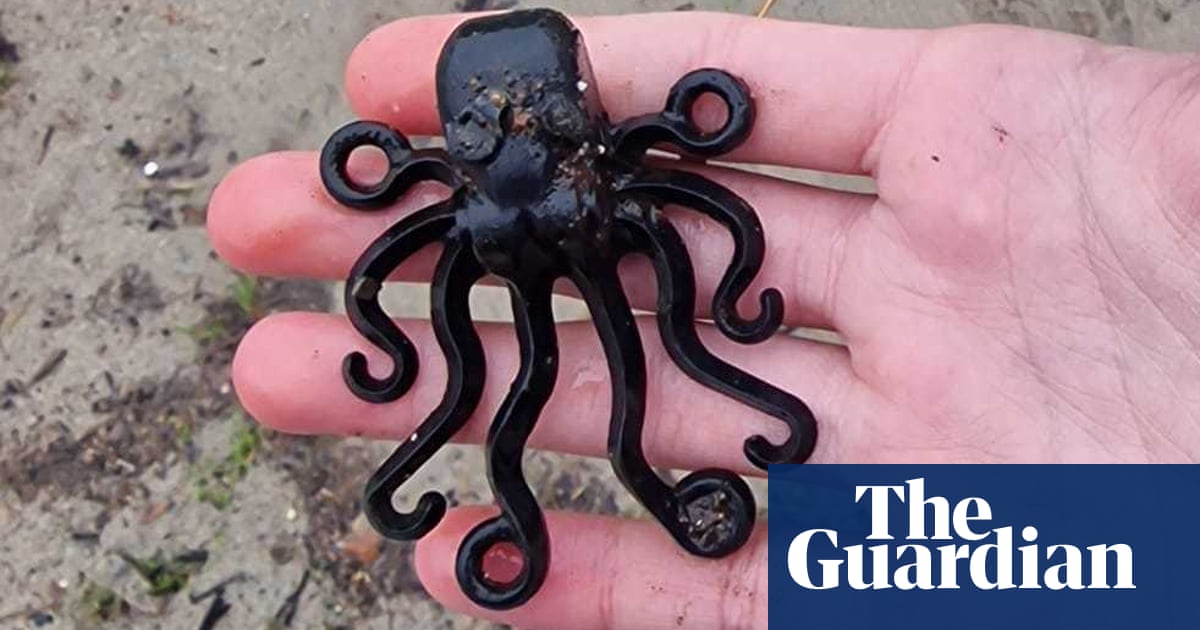Unseasonal wildfires beset midwest: ‘The strangest winter I’ve ever seen’ | Environment
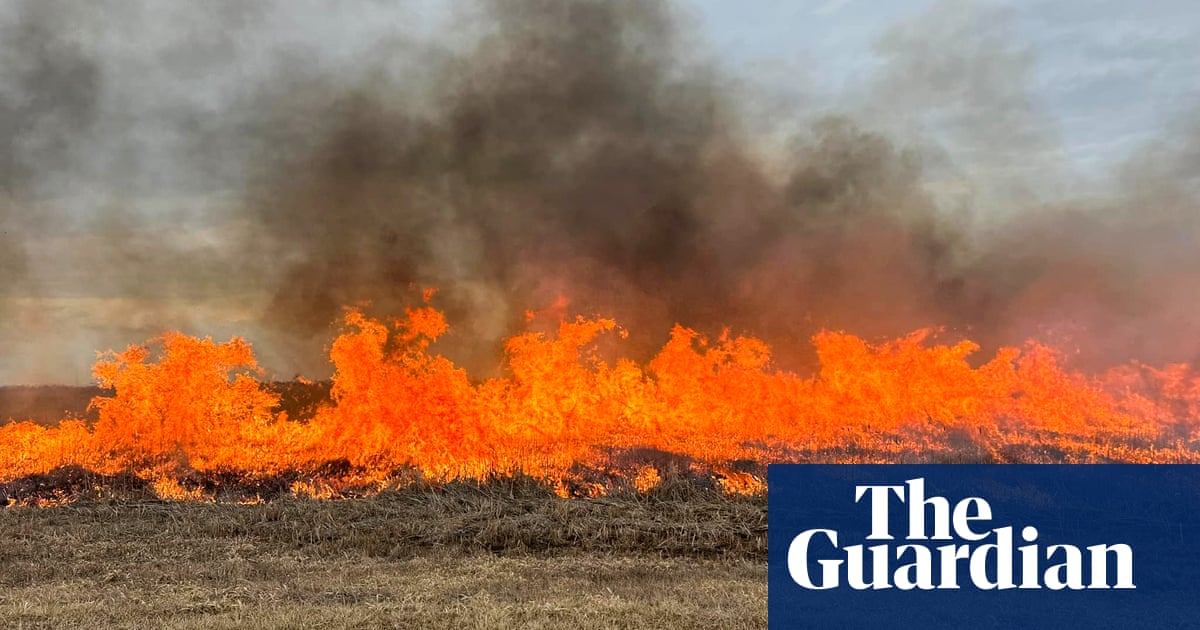

The US midwest typically spends the start of spring emerging from snow. But this year, after a warm winter left landscapes parched, the region instead was primed to burn. Hundreds of blazes ignited in recent months in states more accustomed to dealing with just dozens for this time of year, as extreme fire behavior defied seasonal norms.
Experts say the unusually early and active fire season was a symptom of El Niño, a climate pattern characterized by warmer surface temperatures in the Pacific Ocean that was predicted to supercharge global heating and extreme weather. But the climate crisis turned up the dial, and helped create conditions in the midwest where winter temperature records were not only broken – they were smashed.
“This was the strangest winter I have ever seen,” Stephen Marien, a predictive services fire meteorologist who works for the National Parks Service, said. Marien, a federal scientist based in Minnesota, added that he expected the season to trend warmer due to El Niño, but it was still shocking to see temperatures climb above 60F (16C) during the typically frigid months. For Marien it was a clear sign that “climate change has added fuel to the fire”.
The midwest – defined by the US census as Illinois, Indiana, Iowa, Kansas, Michigan, Minnesota, Missouri, Nebraska, North Dakota, Ohio, South Dakota and Wisconsin – includes a range of landscapes, including grasslands, plains and forests, but the warmer weather had widespread impact.
The balmy start to the year left the region with a larger window for higher-risk fire conditions, which tend to peak in early spring after the snow melts but before trees and grasses “green up”. Vegetation that is normally hidden beneath the berms of snow were instead exposed to the sun weeks early and dried quickly. That unleashed unseasonal drought conditions and set the stage for the type of blazes that prove harder to contain.
In Minnesota, the agency responsible for coordinating fire suppression efforts said in a Facebook post that vegetation had dried out “roughly six weeks earlier than normal” and that firefighters in the state had already responded to 50 significant blazes in early March.
While the fires have mostly been small and numerous rather than catastrophic, they contributed to an early jump in burn totals across the country. More than 1.7m acres have already burned in the US, a number more than triple the 10-year average for this time of year, according to the National Interagency Fire Center (NIFC).
These numbers were driven in large part by the explosion of fires across Texas and Oklahoma, including the Smokehouse Creek fire that burned more than a million acres in cattle country and left tens of thousands of livestock dead. The fires in the midwest, though small by comparison, laid siege to landscapes and communities where the means needed to battle big blazes are limited. The early onset of fire season is a troubling trend.
“We’re not really having fire seasons any more. We’re just having fire years,” Ben Bohall, public information officer for the Nebraska forest service, told KCUR, an NPR affiliate in Kansas City, adding that resources, as a result, were strained.
In Nebraska, a fire in late February scorched more than 71,000 acres (29,000 hectares) in just 24 hours destroying several buildings including two homes. In March, three people were injured when several fires blew across roughly 3,000 acres in Minnesota.
The dangers continued in April. Fueled by drought and heat, a prescribed burn reportedly escaped control in Kansas this week, prompting evacuation notices and road closures. It is one of three active fires burning in the state, which have collectively charred roughly 15,000 acres. The danger is far from over.
“Calendar-wise it might seem like we are getting late into spring, but our fire season is still here in Kansas,” Chip Rebin, a meteorologist of the Kansas forest service, said in a broadcast update posted on Thursday. Temperatures are expected to soar in the coming week – potentially reaching 90F – with winds gusting at 40mph (65km/h) creating suppression complications and a high chance that contained fires will rekindle. “That’s a bad scenario,” he added, noting heat 20 degrees higher than normal “will rapidly dry out fuels”.
Fires burn differently in the region than those in California or other parts of the west, Marien said, and are typically snuffed out within the day. But intensifying fire conditions have created burns that are harder to contain. The local volunteer firefighters and state departments who battle these blazes can be quickly overwhelmed and may require outside resources, including aircraft, especially when embers are more difficult to extinguish.
“When you get longer-term droughts all the fuels on the ground can keep burning for quite a while,” he said, adding, “and that doesn’t happen often over here.”
While a spate of storms offered a reprieve in the northern states in recent weeks and the promise of rains returning in the coming months has cooled some of the dangers across the region in the short term, many states in the midwest are still experiencing dry conditions, which could worsen as the weather warms. The latest federal forecasts also show above normal temperatures are likely across much of the plains and Mississippi valley.
“It is the time of year when they are coming into their main wet season,” Andrew Hoell, a Noaa research meteorologist, said. But if those rains fail to appear, “you can fall into a drought and you can get some fires pretty quickly”.
As the climate crisis sets the stage for more extreme conditions, with climbing temperatures, sharper swings between wet and dry, and a thirsty atmosphere that evaporates moisture faster, the conditions that fueled these winter fires may arise more often.
“There’s no doubt that this is part of a trend,” Hoell said. “This part of the world is warming and it is warming during the winter time.” The extremes seen in the last season were boosted due to El Niño, so a repeat performance isn’t necessarily expected every winter. “But the background warming is there,” Hoell added, “and it’s here to stay.”
Source link

